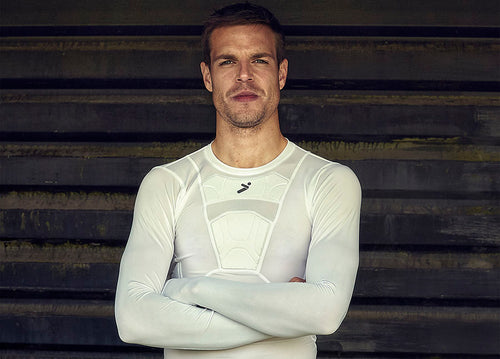
Some youth soccer players might not be as into the idea of shin guards if they’ve practiced in a pair that was uncomfortable or didn’t work. When it comes to youth players, parents take a bigger responsibility in getting them ready for a game. This is a guide for parents to get their kids into quality shin guards that work and that won’t ruin a future in soccer.
Possible outcomes wearing the wrong soccer shin guards or none
Kids are notoriously picky and sensitive. They’ll find the smallest thing wrong with their shin guards and either play as if they’ve never run before or refuse to wear them. Wearing ill-fitting youth soccer shin guards won’t only bother the child until they refuse to wear them, but it will also inhibit their ability to play and leave them susceptible to injury.
Even worse, if they’ve refused to wear them, even in a youth game that isn’t as powerful as the elites, their legs are going to get bruised, scraped, kicked, and maybe even broken. They won’t want to play soccer again after that and an entire sport will have been swept off the table.
Image Source: Loma Linda University Health
In a game that involves lots of kicking, especially close-quarter kicking in youth games, soccer shin guards are essential. They exist to protect the bones and soft tissue to prevent short-term and long-term pain. It’s crucial to get kids into the right youth soccer shin guards for the safest and most enjoyable game.
Is your kid refusing to wear soccer shin guards?
When a child makes up their mind about something, it can be difficult to sway them otherwise. If they’re refusing to wear their soccer shin guards, it’s probably because of one of these reasons:
- They were uncomfortable (this means they didn’t fit properly)
- They couldn’t play well (also the incorrect fit)
- They didn’t get hurt anyways (that’s because the soccer shin guards did their job)
- They think they won’t get hurt (they don’t understand the risks)
- They don’t like them (they might need a different style)
Here are some strategies to outline how important it is that they wear soccer shin guards.
- Show the child a video or photo of other kids wearing shin guards and read the protective gear requirements with them. Better yet, find an action-packed video of professional soccer players with shin guards on so they know even the best need to wear them.
- Take them out to participate in buying their youth soccer shin guards. Get them to try on a few pairs and decide which one fits comfortably and allows them to move freely.
- Without getting into too many details, let them know they could hurt themselves without them, and then they won’t have as much fun playing.
- Get to know the rules and world of soccer so you can answer their questions and explain things to them in ways that will apply to their sport.
How should soccer shin guards fit for kids?
This answer will depend on the type of soccer shin guards the child is wearing as well as what works for them in-game. However, to serve their protection purpose, some of the same factors will always apply.
The shin guard should always be firm enough to protect the leg from a kick and shouldn’t be absorbent enough to take in water or sweat, which will make it heavy. It should mold to their leg shape so there’s good contact with the skin. That way when there’s a kick or contact, the soccer shin guard can absorb the blow.
Normally, it’s best to have the shin guard rest two to three inches above the foot to just under the knee. That fit won’t inhibit movement.
- Two to five-year-olds with a shin length of six to eight inches should wear a size extra small.
- Four to eight-year-olds with a shin length of eight to ten inches should wear a size small.
- Seven to fourteen-year-olds with a shin length of ten to eleven and a half inches should wear a size medium.
- Twelve to eighteen-year-olds with a shin length of eleven and a half to thirteen inches should wear a size large.
For detailed information on whether to wear shin socks, slip-in shin guards, or ankle shin guards, read this article. The fit and style should work well for the player so it’s not getting caught on anything and not shifting out of place. Check out Storelli’s youth soccer gear collection to set up your child with the best protective gear for a fun and safe season of soccer.






















